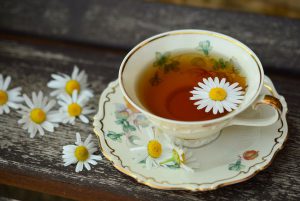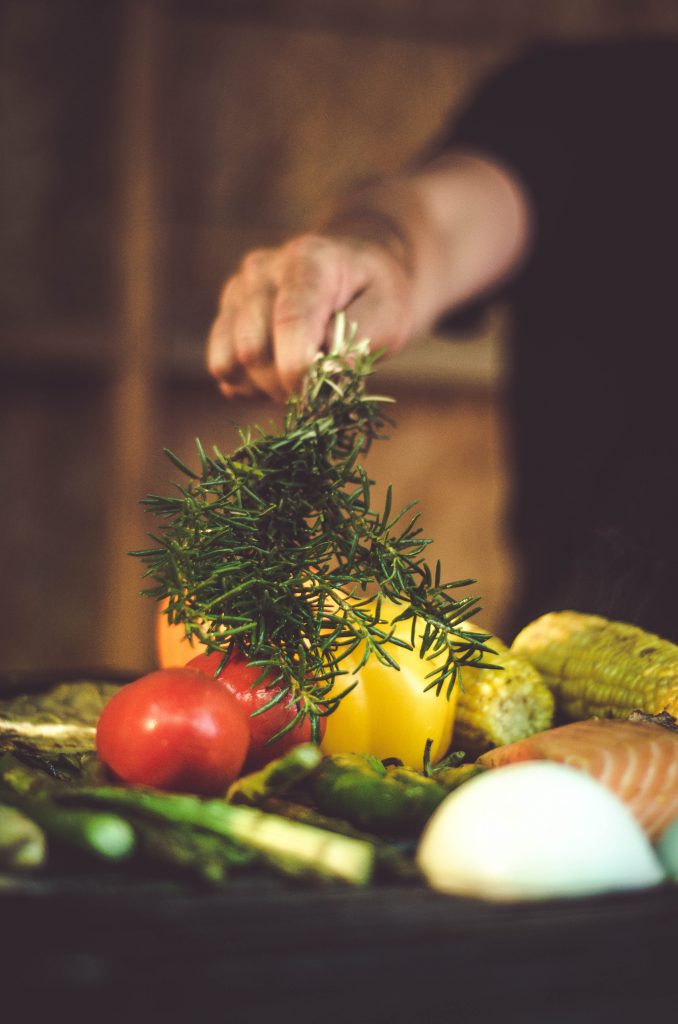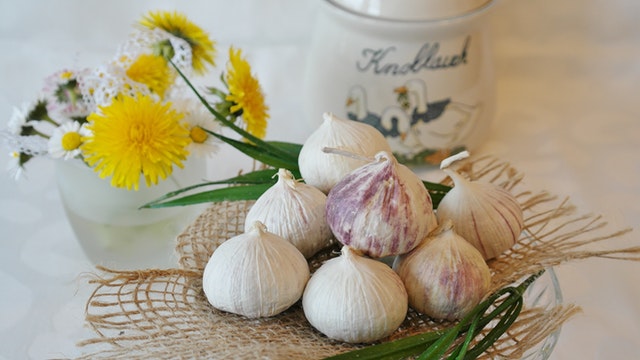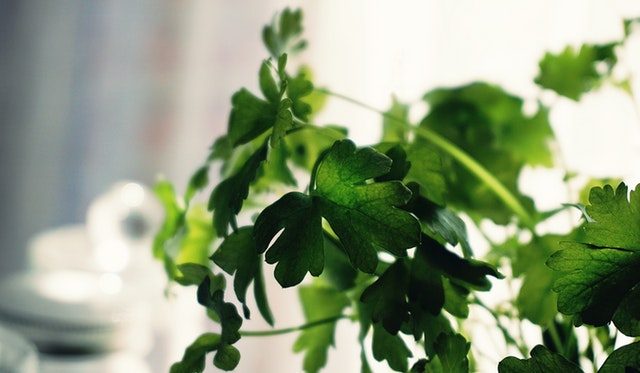Intermittent fasting has become a popular trend over the past couple of years. Why? Well it has so many benefits, such as helping shed extra pounds, improving health, and helping you live longer! Contrary to popular belief, your body does not go into “starvation mode” or store fat when you go without eating for hours. A lot of studies show that intermittent fasting has many benefits for your body. So how do you go about starting and easing into intermittent fasting?
Types of Intermittent Fasting

There are several ways of doing intermittent fasting. Some do it daily, while some people do it weekly. Here are the most popular forms of intermittent fasting:
- 16/8– This is also called the Leangains protocol. For this kind of fast, you fast for 16 hours, and then consume all of your calories during the 8 hour window that you are not fasting. For example, you can begin fasting from 8pm until 12pm the next day (16 hours), and then can eat from 12pm-8pm. You can choose which hours work best for your schedule.
- 20/4– The same concept applies as the 16/8 method, except you fast for 20 hours and eat during a 4 hour window.
- East Stop Eat– This form of intermittent fasting requires more discipline. You fast for 24 hours for one or two non-consecutive days per week. The easiest way to do this kind of fasting is to fast from one day’s dinner to the next. You can do this from lunch to lunch, or breakfast to breakfast.
- The 5:2 Diet– This diet focuses on the amount of calories you consume for the day. You limit caloric intake to 500-600 on two non-consecutive days of the week. Generally for this diet women should consume 500 calories, and men consume 600 calories. During the other 5 days you would eat normally.
- Alternate Fasting– This is also called the ADF protocol. This is when you alternate between days of eating normally and days of fasting. You fast every other day, which may be harder for some to do. Studies have shown people are more likely to abandon their diet.
Can You Eat At All During Fasting?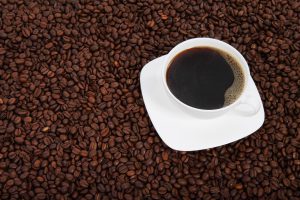
Generally no. When you are fasting, all you can have is water, black coffee, tea, and other non-caloric beverages. The goal is not to consume any calories during the fast. When you fast, your body adjusts hormone levels to make stored body fat more accessible.
Health Benefits
Reduced Insulin Resistance– During the fasting period, lower insulin levels improve fat burning in the body. Not only will it improve fat burning, but the lowered insulin levels will help encourage muscle growth. Studies show that fasting reduces insulin by 20-31%.
Detox The Body– When you fast, your body removes toxins. One way this occurs is from shedding weight. When you intermittently fast, your body will burn fat, using it for the energy it’s not getting from food. The fat cells are the usual culprits for toxin storage, keeping it from what we eat and breathe.
When you cleanse your body from toxins, you will find that you have more energy, stamina, clear skin, better brain function, and restful sleep patterns.
Lose Weight– Because your body lowers it’s insulin levels, your body burns\ the fat for fuel, and it no longer receives the signal to store extra calories as fat. Intermittent fasting can increase norepinephrine, a hormone and neurotransmitter that can boost your metabolism! That way, your body will burn calories throughout the day.

Improved Gut Health & Mood– Not only does your body burn more, but your gut health improves. Your mood and mental health go hand in hand with your gut microbiome. So, when your gut reboots due to intermittent fasting, your stomach and your mood are overall happier.
Heart Function– At least one study indicates that people who follow a fasting diet may have better heart health than people who don’t. When you fast, your levels of hemoglobin, red blood cell count are affected, in a good way. This improves heart health.
Autophagy- The process of cells eating themselves to get rid of damaged cells, and recycle into better, more youthful ones is called autophagy. Viruses, bacteria, and other pathogens are destroyed in this process. The simple way to activate this is by fasting. Damaged cells are removed, and cellular and tissue rejuvenation occur.
Brain Function– Your body will burn glucose reserved in your blood and liver when you are fasting. The liver will turn the fat into ketones and use them for fuel. Your brain prefers ketones over glucose, and in turn, will work better and increase your ability to learn and think.
How It Affects Your Cells
Some of the changes your body will go through are:
- Cellular Repair– Also known as autophagy, your cells break down and recycle old proteins that accumulate within cells, and make new healthy cells. Viruses, bacteria, and other pathogens are destroyed in this process. Damaged cells are removed, and cellular and tissue rejuvenation occur.
- Growth Hormone– The levels of growth hormone increases by 5 times or more. This growth hormone aids in fat loss, and muscle gain.
- Metabolic Rate– Your metabolic rate boosts as much as 3-14%when you are fasting for two days. However, other studies suggest that if you fast for longer than 48 hours, then you will slow down your metabolism.
- Insulin– When fasting, your insulin levels stay low. Low insulin levels means that fat burning is increased.
Easing Into Intermittent Fasting
It can be easy to begin fasting, but most people will give up within the first week, because they are not prepared. Some tips to make the transition easier:
- Start Slow– The easiest way to start fasting is by skipping a meal. Skip a meal, breakfast for example, and have water or coffee instead. You can eat lunch, which will break the fast.

Drink a lot of water and electrolytes. - Stay Hydrated– Drink a lot of water and electrolytes. This is very important for cognitive function. A plus is that water can help you feel full when you are hungry.
- Eat High-Quality Foods– When it comes time to break your fast, make sure to eat foods that are beneficial and essential to your health. Try to avoid junk food. Eat foods full of vitamins, minerals, and protein so you can fuel your body correctly.
- Plan & Prepare– When you know when you are going to eat, it will make you obsess over the thought of food less. There are apps you can download that help you keep track of your fasting hours and send you notifications of when to start fasting, and when you have completed fasting and can eat. The app will have a timer to show how long you have been fasting, and how much longer you have
-

Sleep is very important for cognitive productivity, fat loss, and metabolic reasons. to go.
- Sleep!– Get an adequate amount of sleep! Sleep is very important for cognitive productivity, fat loss, and metabolic reasons. When you do not sleep enough your hormones are affected as well as your insulin sensitivity. The less sleep you get, the hungrier you are.
Consult With Your Doctor About Fasting If You:
- Are underweight or have a history of eating disorders
- Are pregnant or trying to conceive
- Have a medical condition
- Have diabetes
- Have low blood pressure
- Take medications

